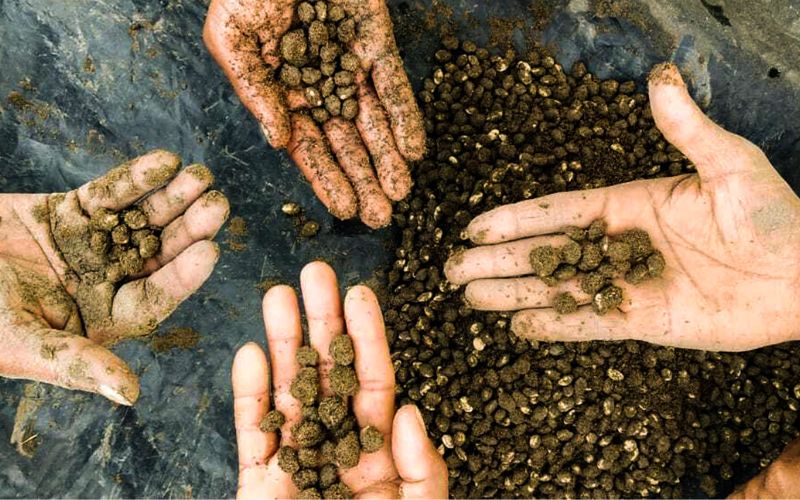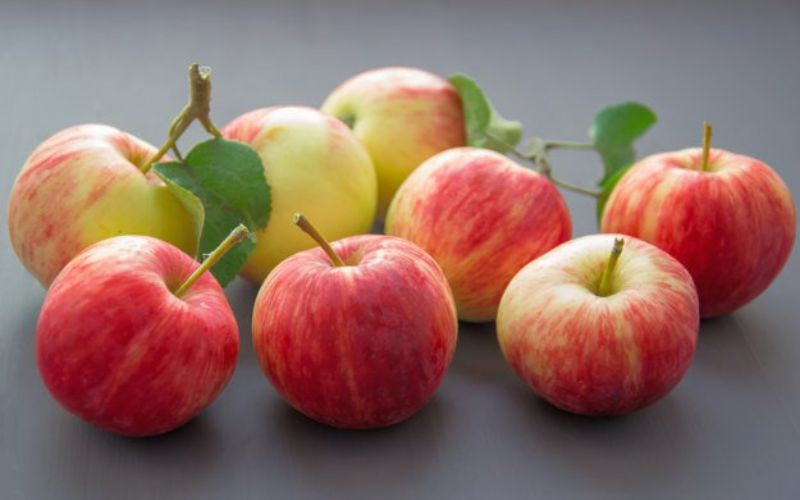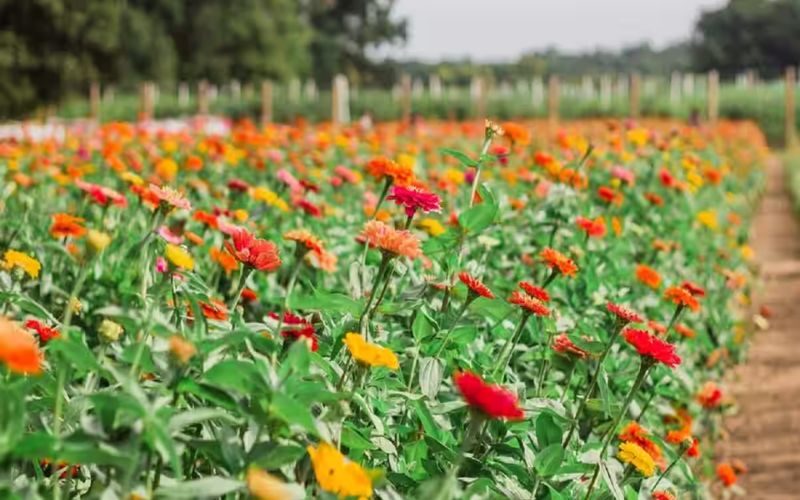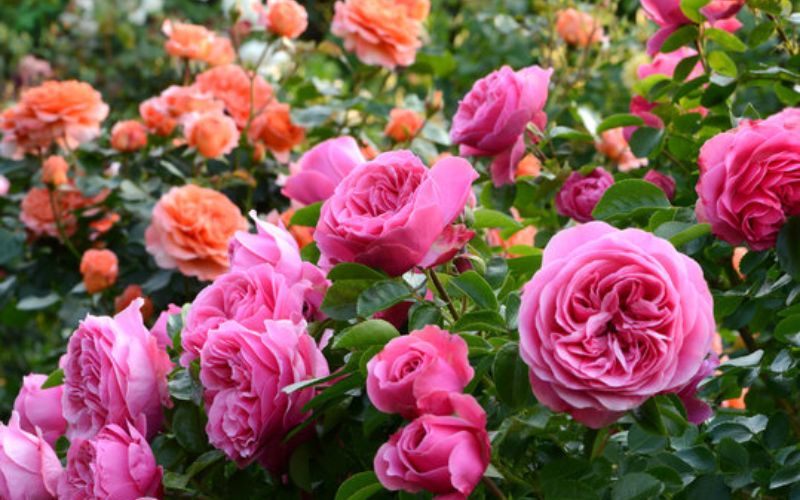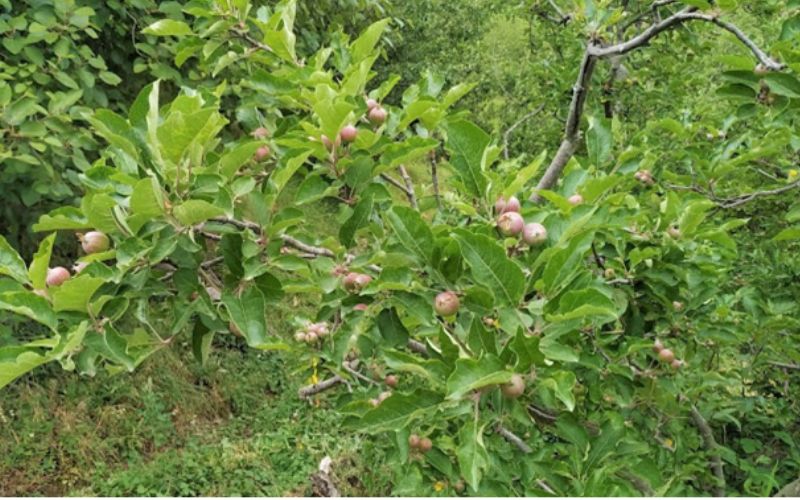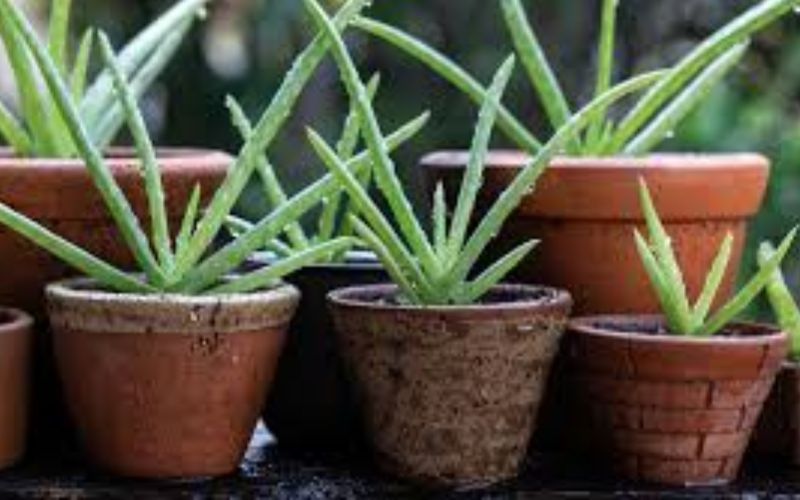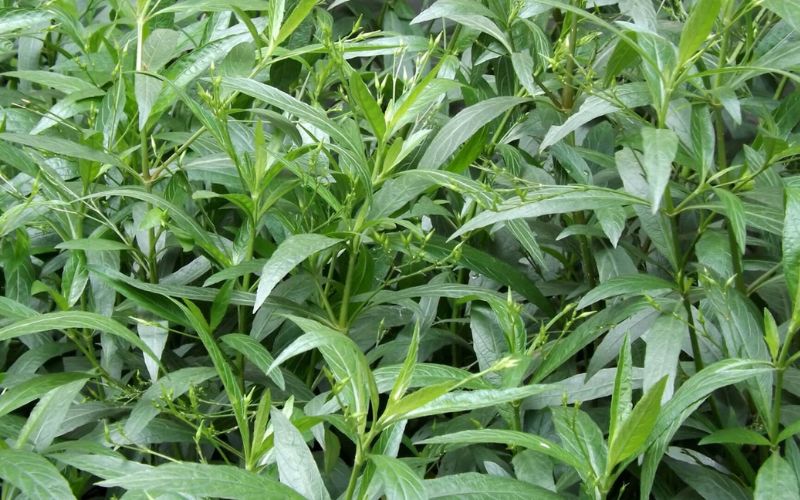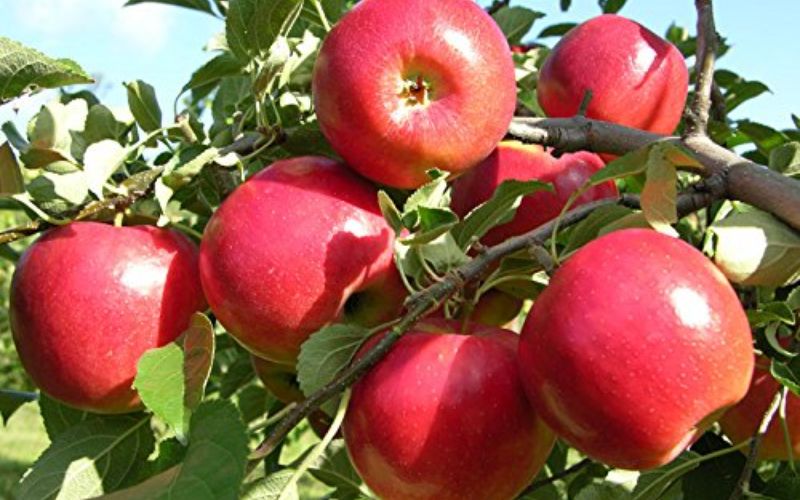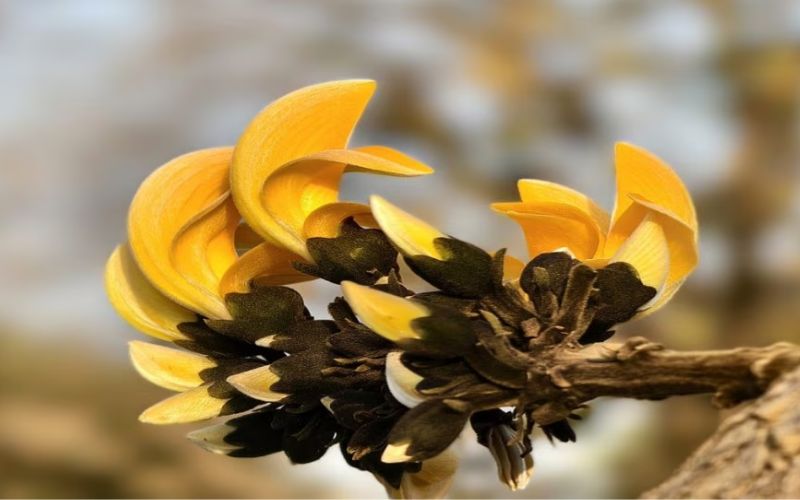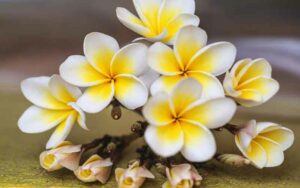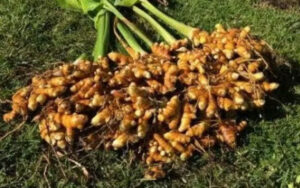Unveiling the Significance of Yellow Palsala: Exploring Medicinal Properties and Cultural Superstitions
New Delhi: Yellow Palsala, also known as Butea monosperma or Flame of the Forest holds special significance in traditional medicine and cultural beliefs. This tree species native to the Indian subcontinent is renowned for its medicinal properties and deep-rooted superstitions.
In Ayurveda, Yellow Palsala is valued for its various medicinal uses. The tree’s bark, leaves, flowers and seeds are believed to possess therapeutic properties. The bark is often used to treat skin diseases while the flowers are used to alleviate inflammation and pain. The seeds are used in traditional medicine for their anti-inflammatory and anti-diabetic properties.
Read More: Spring Blooms Bring Cheer to Flower Vendors as Prices rise
Aside from its medicinal benefits Yellow Palsala also holds a place in Indian folklore and superstitions. In some regions it is believed that planting a Yellow Palsala tree near a house brings good luck and prosperity. The tree’s bright red or orange flowers are associated with the arrival of spring and are often used in religious ceremonies and decorations.
Despite its cultural and medicinal significance Yellow Palsala faces threats due to deforestation and habitat loss. Conservation efforts are underway to protect this valuable tree species and preserve its ecological importance.
Yellow Palsala, with its medicinal properties and cultural importance is a valuable part of India’s natural heritage. Efforts to protect and promote the conservation of this species are crucial to ensuring its continued presence and benefits for future generations.


